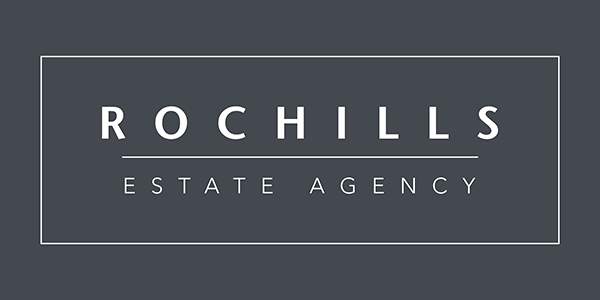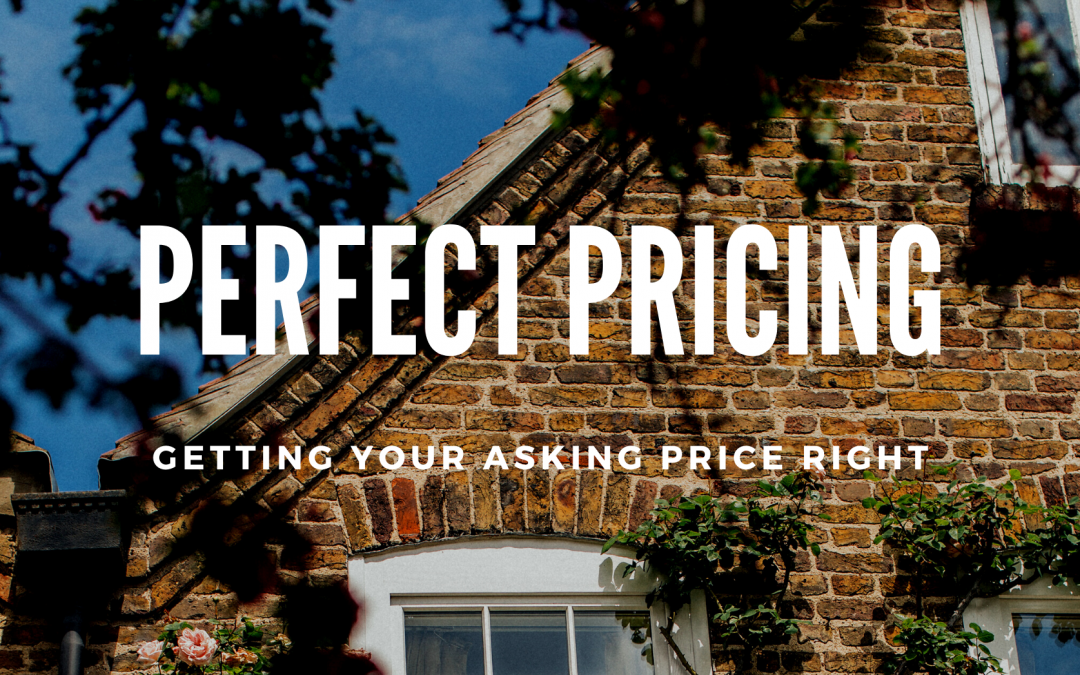When it comes to marketing your property for sale, the figure you choose as your initial asking price will be a major factor in how many enquiries you get, the number of viewings, how fast you receive an offer, and possibly whether you sell at all.
Along with the photography, your asking price will determine how you appear in search results online, and how your property measures up against other available homes.
As your estate agent we are here to get you the highest sale price we can, but your eventual selling price and your initial asking price are not necessarily the same thing. Depending on the value of your property, you might set your asking price above, below or at the figure you aim to achieve, so this week’s article looks at five different factors involved in getting your asking price just right.
LOCATION
If ever there was a repeated mantra in property, it would be location location location – there’s even a television series with the name.
The location of a property is the one thing that can’t be changed. It can have a dramatic effect on value and demand, but there is more to location than simply a physical place: it’s what that place means, and to who.
For a family with children, being in the catchment area of their preferred school might be a high-priority, while anyone commuting would want to be near transport or road connections. For avid socialites, being no more than five minutes walk from local cafes, pubs and shops could be a non-negotiable.
But somebody working from home may have other items on their wishlist, like being further away from a town centre for a quieter environment, or perhaps a street with easier parking for visiting clients.
In every case on every property, it’s down to estate agents to look at every aspect of every location: not only where a property is, but also at the potential audience.
CONDITION
The structural and decorative condition of your property – along with how modernised it is – will obviously determine its value and eventual sale price, but they won’t necessarily affect the size of your audience, the level of interest you receive, or the saleability of your home.
There are many people who dream of moving into a fully modernised and perfectly decorated property where all they need to do is put down their furniture, hang up some pictures and go to sleep. It’s an alluring prospect and, when all of those elements are in the right place for the right person, the sale price will be the very best it can be.
But there are many people who dream of finding a real fixer-upper and applying their own tastes, ideas and requirements. Unmodernised homes are not only popular with buyers on a budget, but also with people who don’t want to pay for someone else’s tastes and can see the opportunity and potential beyond what is there today.
Even homes with structural problems will find a ready audience with developers and investors who are able to buy cash, rather than needing a mortgage.
If you’ve considered making improvements to your property to increase its sale price, it’s important to match your expenditure to your marketplace. The budget for a kitchen in a one bedroom flat would be less than for a large family house, where a higher level of quality and specification would be required. You want to avoid spending too much or too little for the best return on your investment, so please ask for our advice if you are unsure.
COMPARABLE HOMES
Using evidence of similar homes that have sold nearby is one of the most powerful ways to justify a price. It’s the clearest way we can show you that the price we are suggesting reflects the true value of your property, and it helps us when negotiating increased offers from buyers.
As the seller, you’ll want to be sure that your asking price is neither too low, nor too high. Being quoted a temptingly high figure and then sitting around on the market for months is nobody’s dream, so it’s worth checking that any prices you are given – even if they are pleasingly high – are an accurate reflection of prices being achieved. So feel free to challenge us and any other estate agent where you have doubts or concerns over the price you are quoted: we’re more than happy to discuss the reasons and thinking behind our advice.
It’s also worth noting that agreeing a price is only the first hurdle, because next will come the valuation. All mortgage lenders carry out their own valuations – and even cash purchasers usually send in a surveyor – to make sure they are lending or investing their money wisely.
So while we are on your side to get you the best price, we need to be aware that our recommendations must stand up to the inspection from the valuer or surveyor who is acting for the lender or buyer.
SIZE AND LAYOUT
Lenders use the square footage of your property to inform their valuation and are mostly unconcerned about your home being decorated with the official colours of the year (even though your Farrow & Ball tones may well have been a factor in getting you so much interest).
Using square footage is a straightforward way to see if the price and size of a property fit within the local marketplace, or whether something is a long way off.
In some streets, homes that look similar from the outside may not be the same size inside. For instance, in a standard terraced house, a difference of just 1 foot in the length and width could mean 10-15% extra internal floor area, which may not be visible from the outside.
There’s also the question of how a layout functions for modern lifestyles. In the 1970s & 80s, knocking the front and back living rooms together to create a thru-lounge was very much the thing, but today’s desire for a central hub switches the opening up to the kitchen and dining room for a multi-functional family space where people can watch telly, cook, eat, do homework and chat.
So it’s not only about the number of rooms, but also about how they work. Removing a wall between a dark hallway and small dining room could transform light levels and create the space for a larger table; changing a small bedroom into a large bathroom could upgrade a property with a touch of luxury to find a different audience.
STRATEGY
This final component in getting your asking price right doesn’t really have anything to do with your property at all: where it is, what it is, how big it is, or how nice it is don’t really play a role in this vital part of the equation
Your pricing strategy is about something altogether different: it’s about using the way people search for their next home to your full advantage so you can achieve maximum interest from those who are most likely to buy your property.
Asking prices are a fine balancing act. As your agent we need to balance your comfort and trust with the best way to generate the correct interest, so an asking price is therefore a discussion between you and your agent to leave everyone confident in the course of action agreed.
We mentioned earlier that your asking price is not necessarily connected to your sale price: you might get a few percent less; you might exceed it; you might be exactly on the nose. The thing to remember is that your asking price is merely the strategy or number that optimises the way people react to your property
Most people start their search for a new home online and the first calling point is generally a portal like Rightmove or Zoopla. The portals split property searches into price bands and it’s important to pay attention to these to avoid falling foul of them.
Before the Internet, prices ending in 995 and 950 were employed to make a property look cheaper – £249,950 instead of £250,000; £499,995 instead of £500,000 – but those strategies don’t necessarily work today because they could delete one half of your audience.
An asking price of £249,995 would reach people with a maximum budget of £250,000, but would exclude anyone looking between £250-£275,000, potentially losing you a wealthier buyer. And a property with an asking price of £499,995 would be invisible to anyone searching between £500-550,000.
This means that one of the best ways to use the property portals to your advantage is to find an asking price that straddles two price bands to potentially double your pool of potential buyers.
Hopefully this article has given you an insight into the factors we use when working out exactly the right asking price for you. It’s definitely not a one-size-fits-all process, so if you’d like to talk about a pricing strategy for your property – or any other aspect of selling your home – please send us a message or give us a call.




